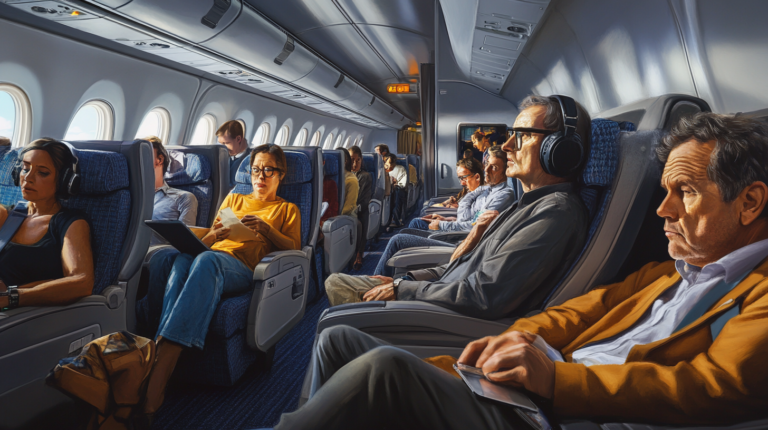The Complete Guide to Bulkhead Seats: Are They Worth It?

When it comes to airplane seating, passengers often have strong preferences that can significantly impact their in-flight comfort. Some favor the aisle for easy access to move around, especially on long flights, while others prefer the window seat to enjoy the views and have a place to rest their heads. Then there are those who seek out seats with extra legroom or specific locations within the aircraft. Among the array of seating options, bulkhead seats stand out for their unique features and sometimes polarizing opinions among travelers. For instance, one traveler might rave about the spacious feel of a bulkhead seat on a transatlantic flight, while another might grumble about the lack of under-seat storage on a short domestic hop. This article delves into the pros and cons of bulkhead seats, helping you decide if they are the right choice for your next flight. Whether you’re seeking comfort, convenience, or just curious about the hype, we’ll explore every facet of bulkhead seating to aid in your decision-making process.
What Are Bulkhead Seats?
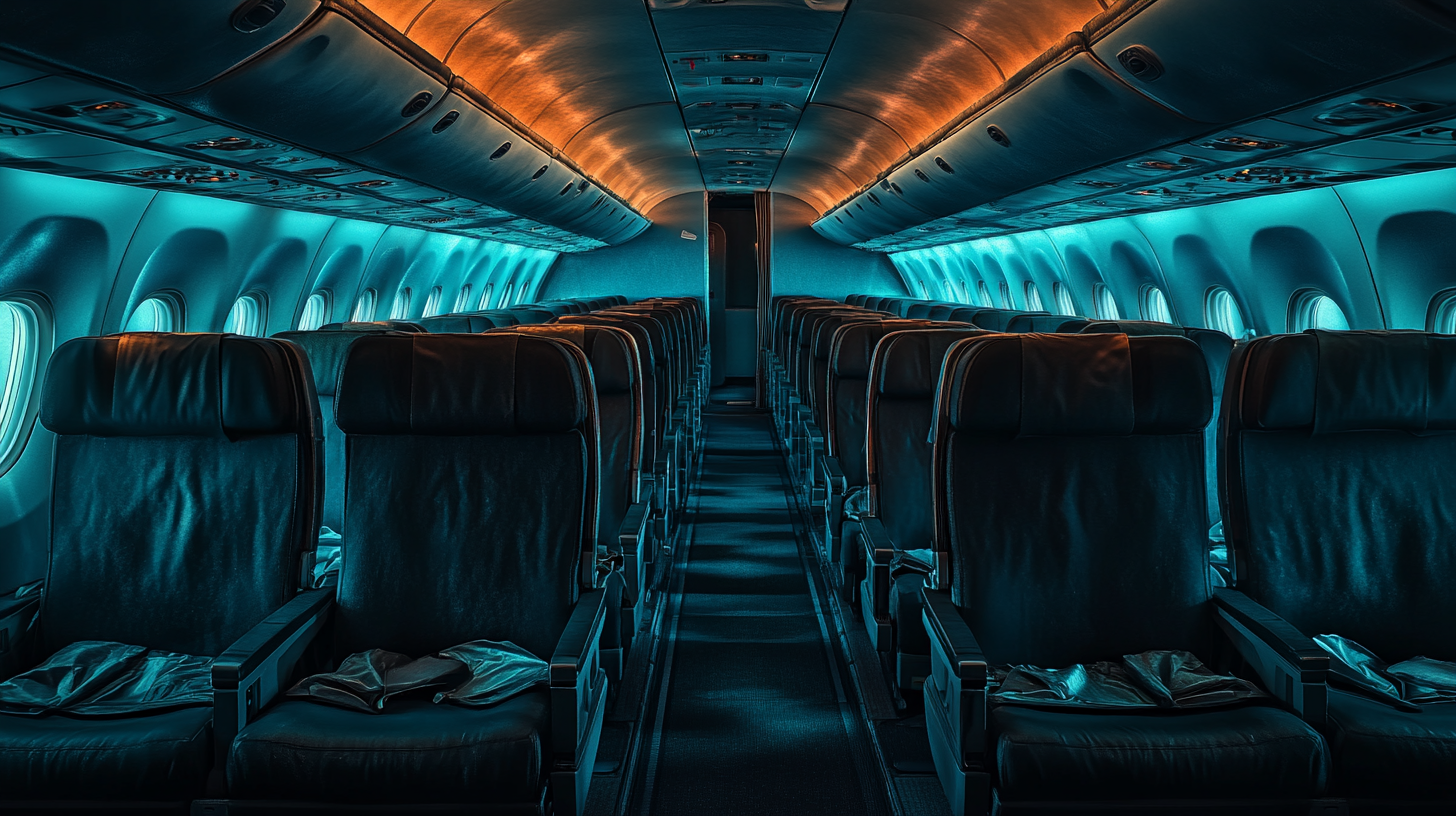
Bulkhead seats are located directly behind a wall or partition—known as a bulkhead—that separates different sections or classes on an aircraft. These partitions can be solid walls, curtains, or dividers, often serving both functional and aesthetic purposes within the cabin. The bulkhead not only delineates between first class, business class, premium economy, and economy cabins but also houses equipment such as lavatories, galleys, or emergency exits. Historically, the use of bulkheads in aircraft design has been integral to maximizing space efficiency and ensuring passenger safety. Understanding the nuances of The Design and Functionality of Aircraft Bulkheads can provide greater insight into why these seats offer a distinct experience compared to standard seating.
The Pros of Bulkhead Seats
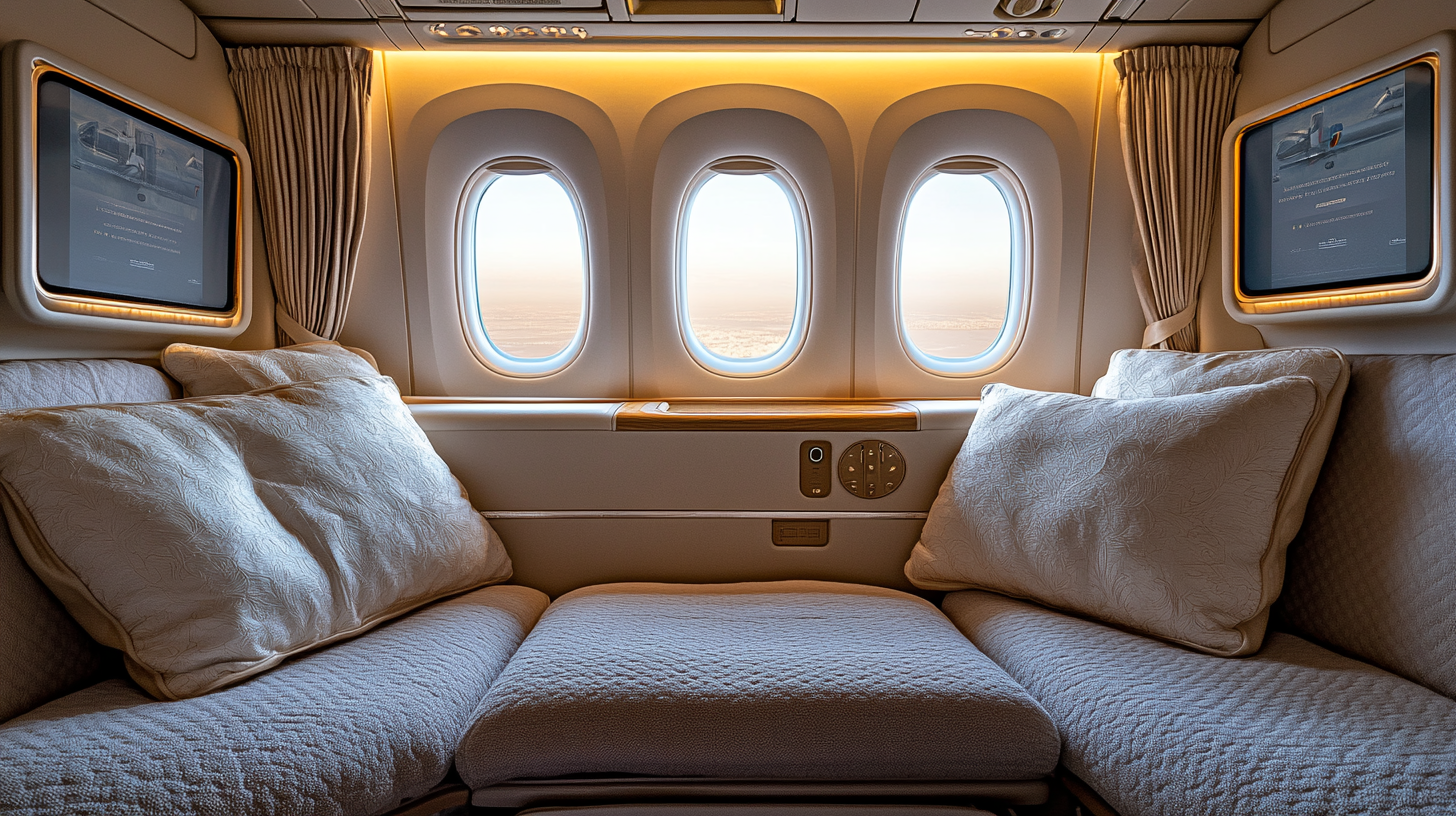
Potential Extra Legroom

One of the most touted advantages of bulkhead seats is the potential for extra legroom. Without another seat directly in front, passengers may experience a more spacious seating area, allowing them to stretch out more comfortably. This can be particularly beneficial on long-haul flights where comfort is paramount. For taller individuals or those who simply appreciate the ability to move more freely, Maximizing Comfort with Extra Legroom in Bulkhead Seats becomes a key consideration. Imagine settling into your seat knowing you won’t be confined by the usual limitations, making your journey more pleasant from takeoff to landing.
No Reclined Seat in Front

Another significant advantage is the absence of a reclining seat ahead. This means you won’t have to deal with a seatback encroaching into your personal space, allowing for an uninterrupted experience, especially during meal times, working on a laptop, or enjoying in-flight entertainment. For business travelers needing to stay productive or anyone who values personal space, the appeal of Unobstructed Workspace in Bulkhead Seating cannot be overstated. There’s something reassuring about knowing that your screen won’t suddenly be tilted down or your knees pressed upon by an unexpected recline from the passenger in front.
Quick Access to the Aisle and Lavatories
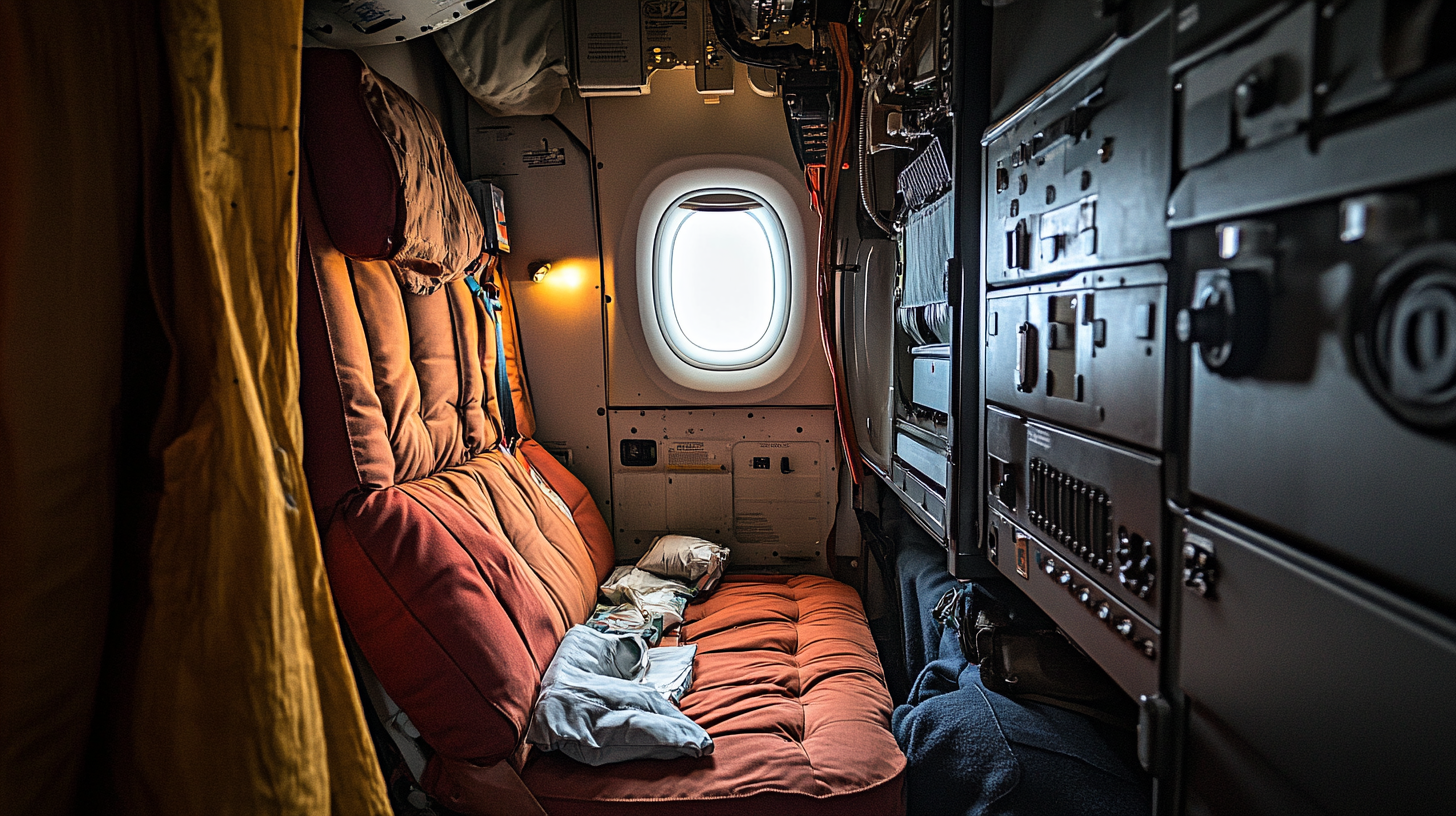
Sitting at the front of a cabin section can mean faster service and quicker deplaning upon arrival. Flight attendants often start meal and beverage services from the front, so bulkhead passengers might have a better selection of dining options before they run out. Additionally, for those who frequently use the restroom or like to stretch their legs, bulkhead seats often provide easier access to lavatories and aisles without disturbing fellow passengers. In situations where timing is crucial, such as tight connections, being positioned closer to the exit can make all the difference. For insights on optimizing your travel plans, consider Strategic Seat Selection for Efficient Travel .
Ideal for Travelers with Infants
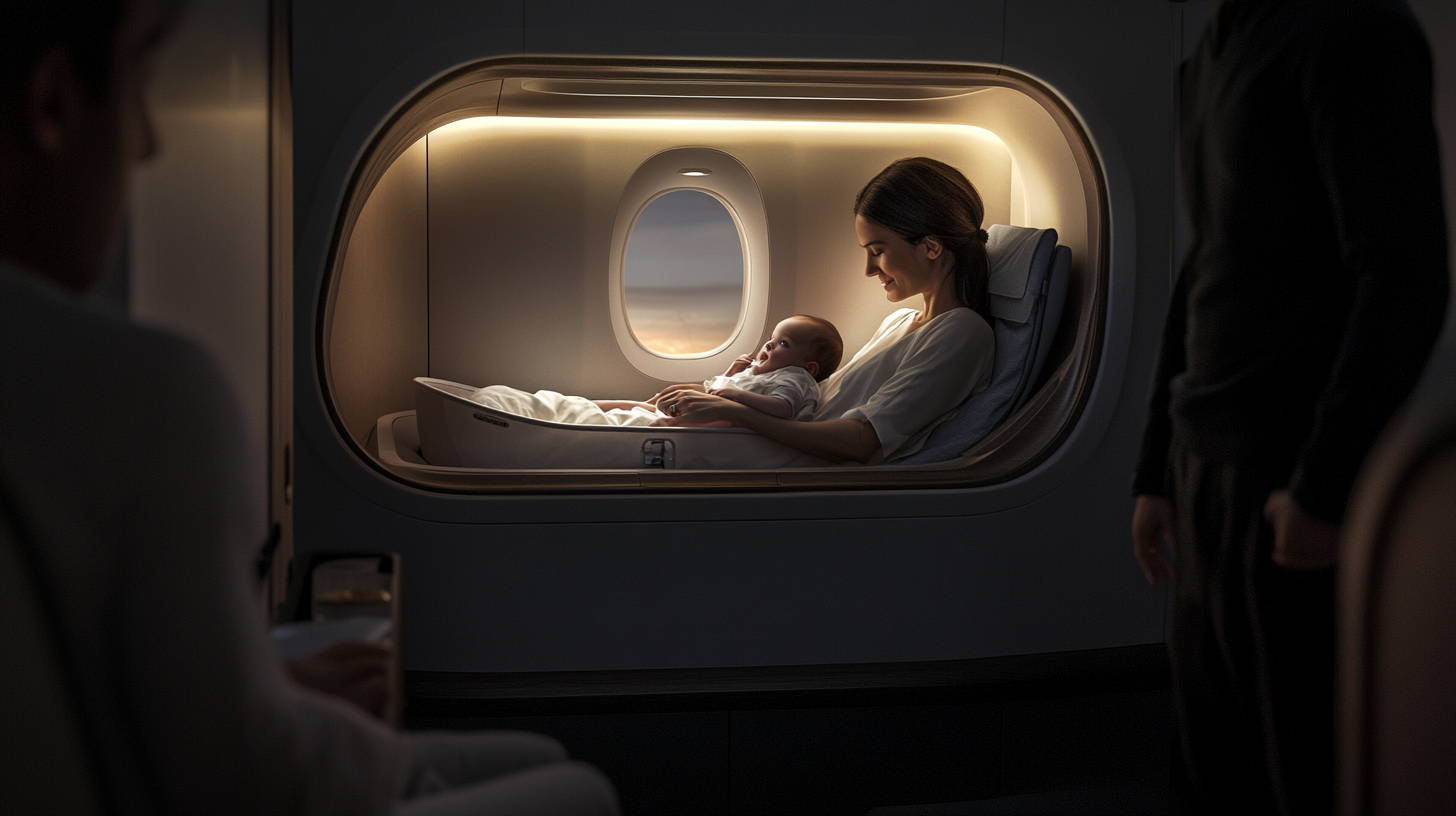
Bulkhead seats are often equipped with bassinet brackets, making them a preferred choice for parents traveling with infants. The additional space allows for the installation of a bassinet, providing a safe and comfortable place for babies to rest during the flight. Moreover, the proximity to restrooms and galleys can make tending to a child’s needs more convenient. Parents can appreciate the extra room to organize baby essentials and the ability to move around without squeezing past other passengers. For families planning air travel with little ones, understanding Bulkhead Bassinets and Family-Friendly Flying Options can make the journey significantly less stressful.
The Cons of Bulkhead Seats
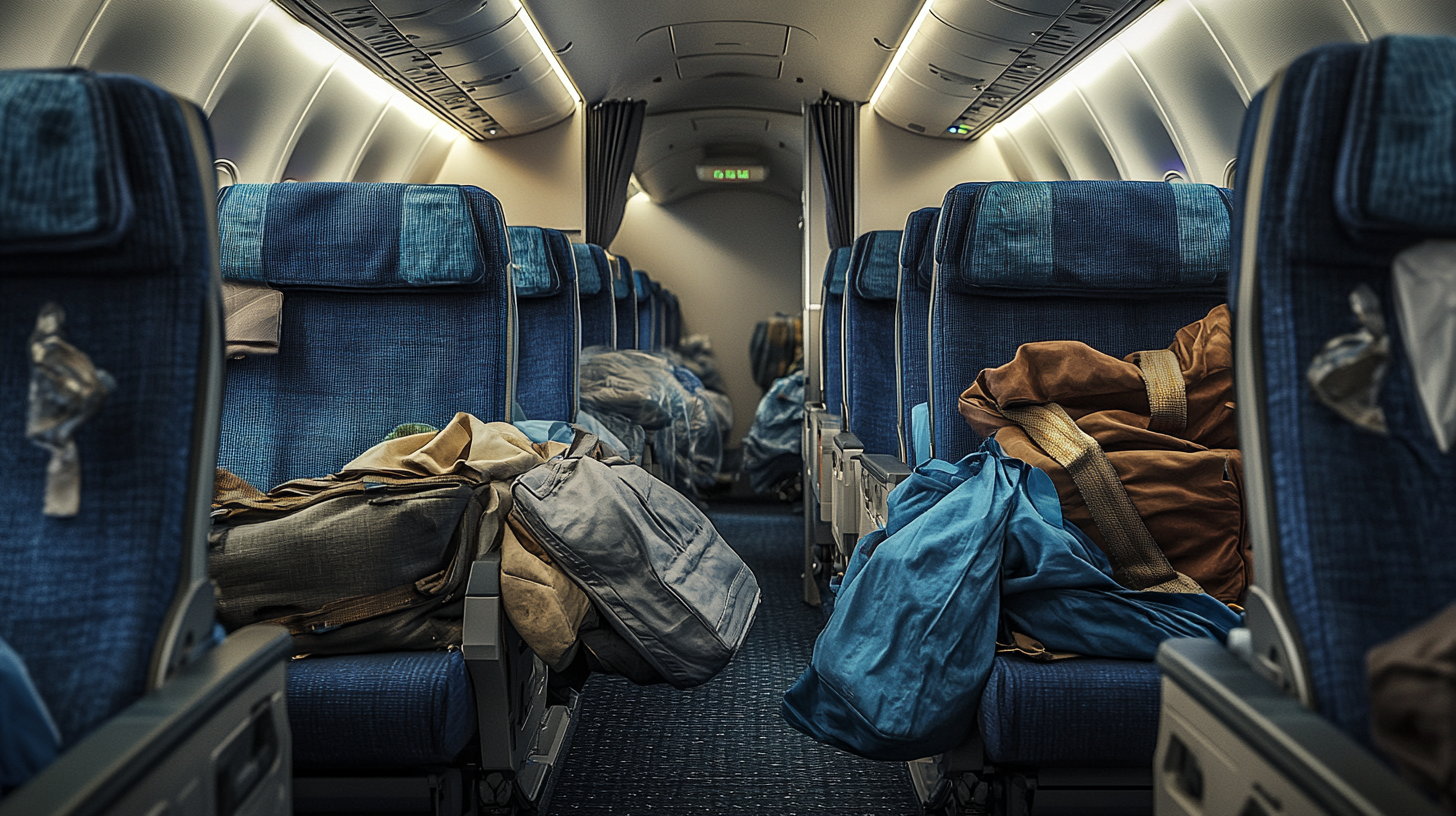
Lack of Under-Seat Storage

A significant drawback of bulkhead seating is the absence of under-seat storage. Because there is a wall or partition directly in front, there is no space beneath a seat to store personal items. All carry-on items must be stowed in the overhead bins during takeoff and landing, which can be inconvenient if you need access to personal items during the flight. This means that items like books, electronic devices, or medication may not be within easy reach when you need them. Some passengers may find it frustrating to have to stand up and retrieve items from the overhead bin, especially if the seatbelt sign is on or during turbulence. For strategies on managing your belongings effectively, you might explore Tips for Organizing Carry-On Items When Seated at the Bulkhead .
Fixed Armrests and Reduced Seat Width
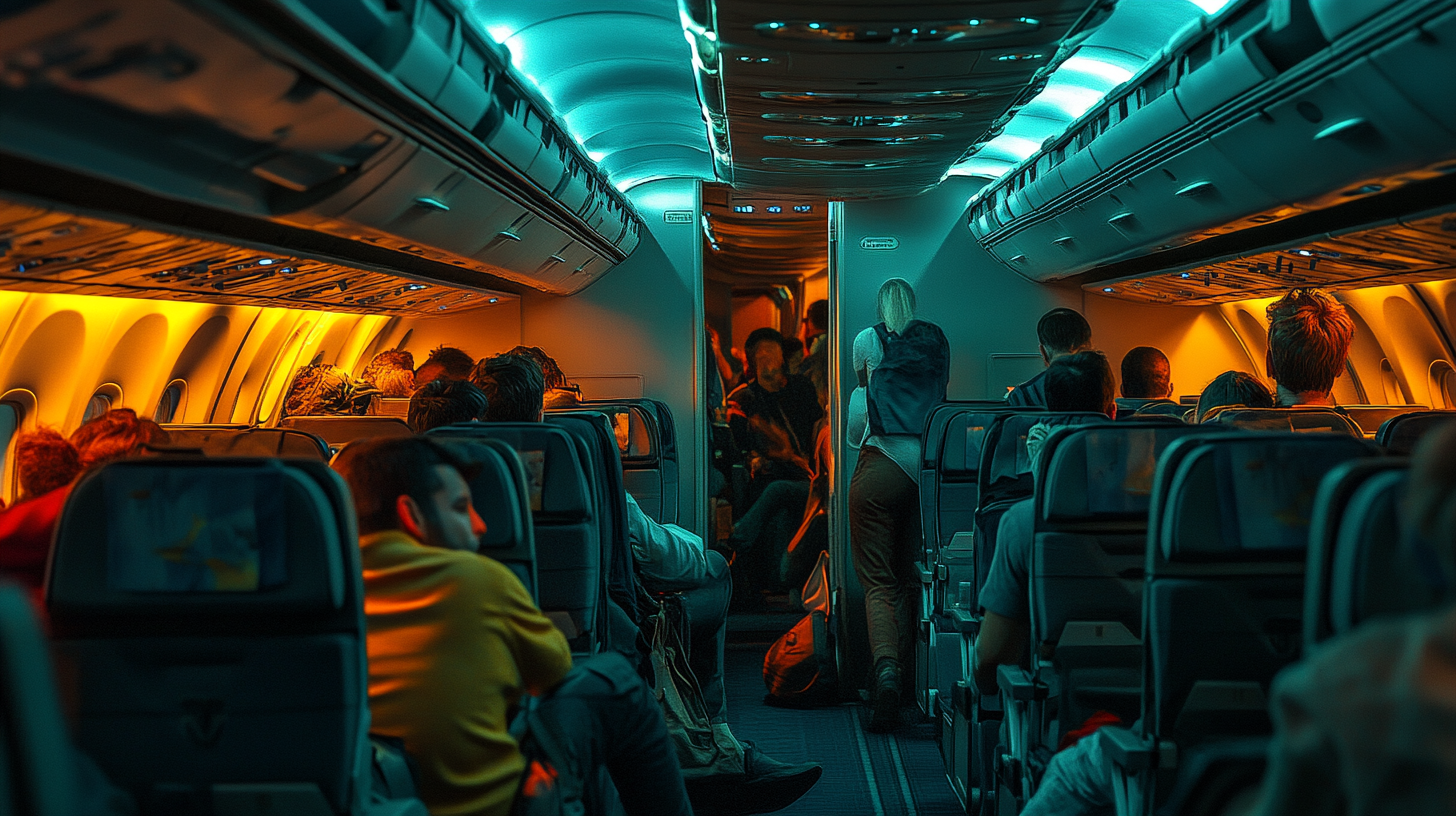
Bulkhead seats often have tray tables and entertainment screens stowed in the armrests due to the lack of a seatback in front of them. While this design keeps the space in front of you clear, it results in fixed armrests, which cannot be raised. This can limit seat width and make the seat feel more confining, particularly for larger passengers who might benefit from a bit more elbow room. Additionally, the mechanism within the armrests can sometimes reduce the actual seating space compared to standard seats. Understanding How Bulkhead Seat Design Affects Passenger Comfort can help you assess whether this trade-off is acceptable for your comfort needs.
Potential Noise and High Foot Traffic

Proximity to galleys and lavatories can result in increased noise levels and activity around bulkhead seats. Flight attendants preparing meals and beverages, passengers queuing for the restroom, or others stretching their legs can contribute to a bustling environment. The constant foot traffic and sounds from the galley—such as clattering dishes or conversations among the crew—may be disruptive, especially on overnight flights when you’re trying to rest. Light sleepers or those sensitive to noise might find this aspect particularly bothersome. For advice on mitigating these inconveniences, consider reading Managing Noise and Disruptions Near High-Traffic Airplane Areas .
Limited Leg Extension
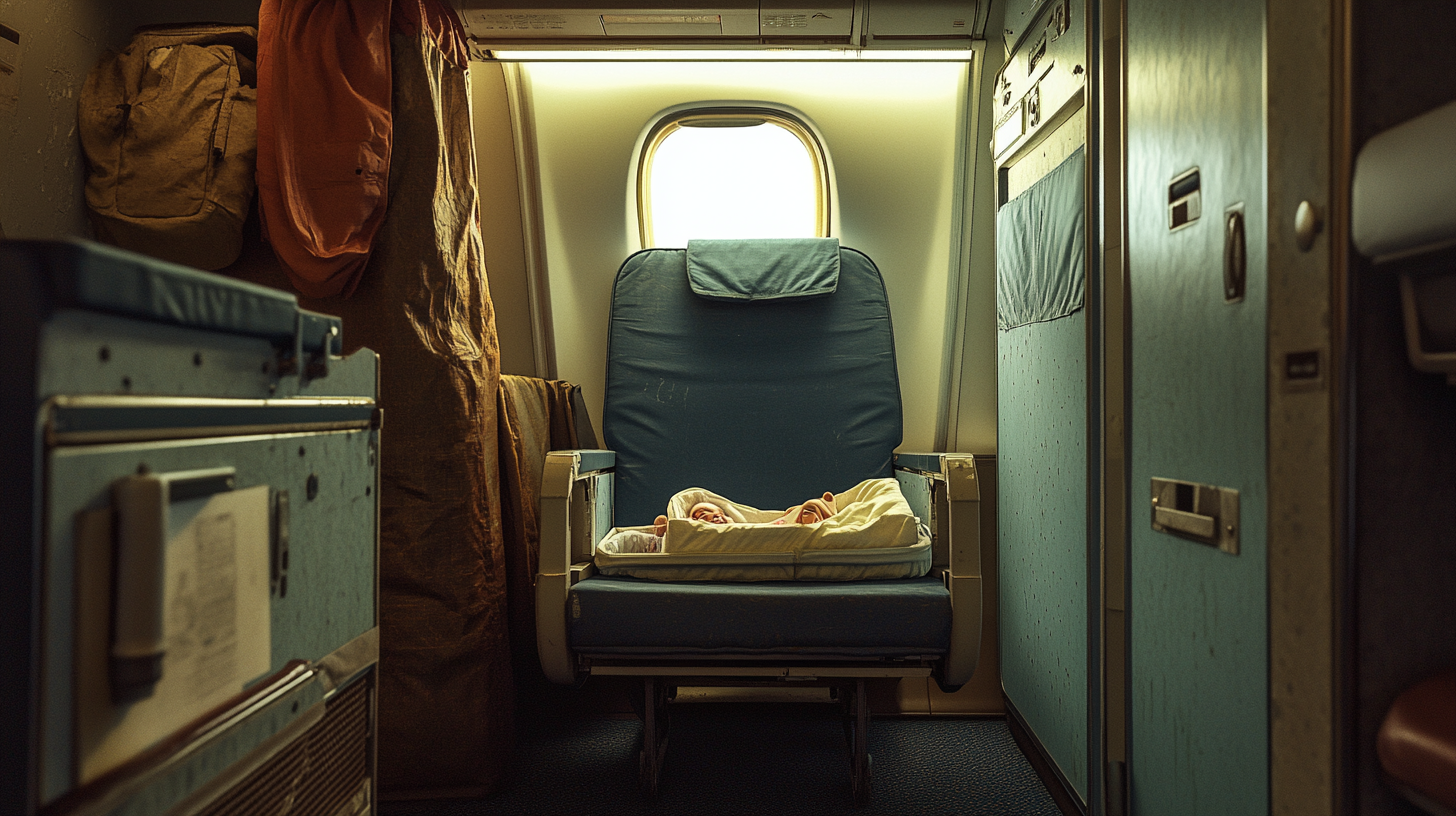
Despite the apparent extra legroom, some bulkhead seats lack footwell cutouts or recesses in the partition wall, which can restrict leg extension, especially for taller passengers. In standard seats, you can often extend your feet under the seat in front of you, but with a solid wall, this option is unavailable. The inability to stretch out fully might make these seats less comfortable than anticipated. Before selecting a bulkhead seat, investigating whether your specific aircraft has these design features is crucial. Insights from Tall Passengers’ Guide to Airplane Seating Comfort can help determine if a bulkhead seat will meet your comfort requirements.
Possible Proximity to Infants

While bulkhead seats are ideal for parents with infants due to the availability of bassinets, other passengers might find the proximity to potentially crying babies less than desirable. Prolonged periods of fussiness or crying can impact your ability to rest, concentrate on work, or enjoy in-flight entertainment. On long-haul or overnight flights, this might be especially challenging. If you’re sensitive to noise or prefer a quieter environment, you might want to consider this factor when choosing your seat. For alternative seating strategies, refer to Selecting the Quietest Seats on an Airplane .
Higher Cost and Limited Availability
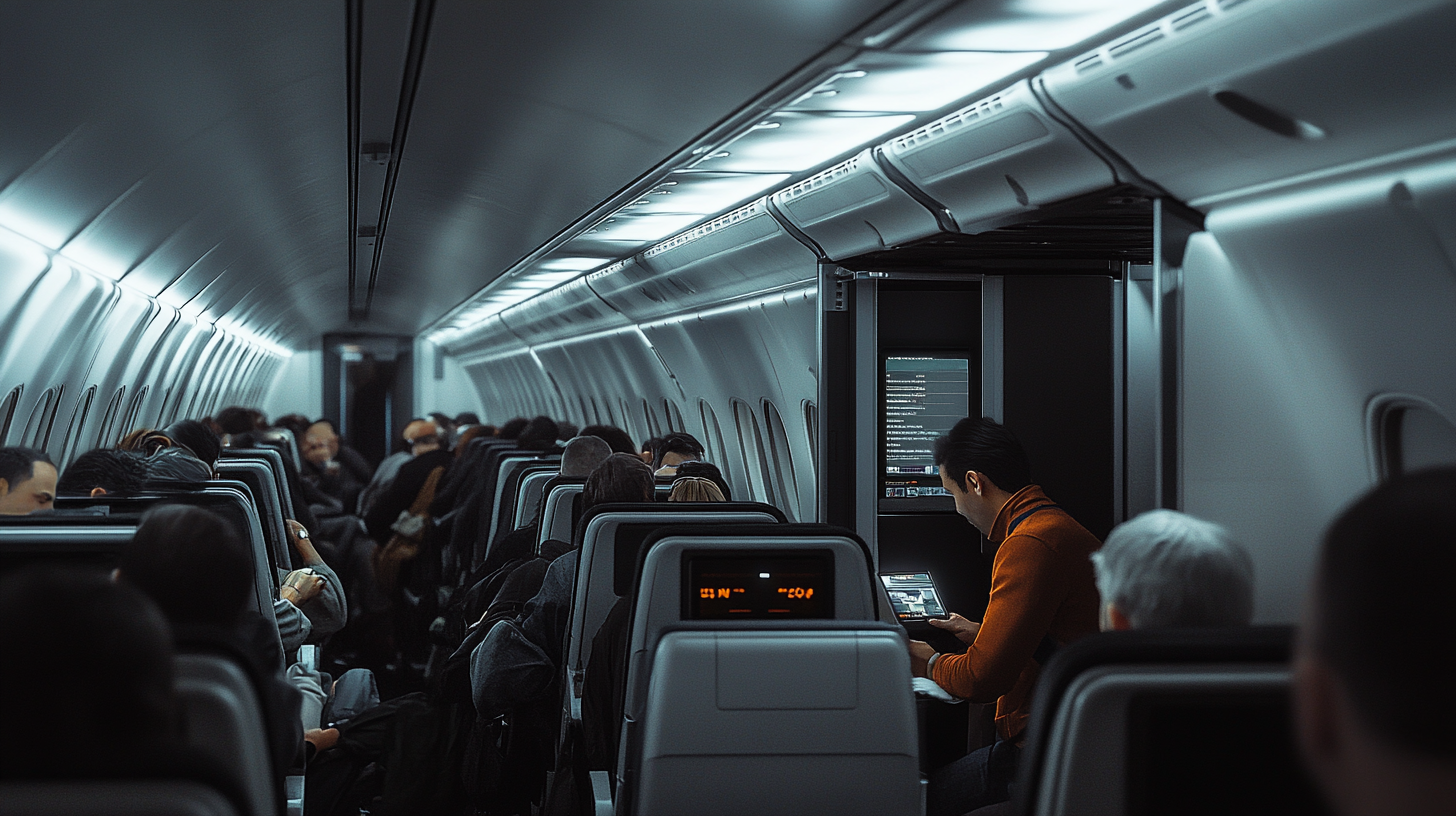
Many airlines designate bulkhead seats as premium economy or classify them as preferred seating, resulting in additional fees to reserve them. The extra cost can sometimes be substantial, depending on the airline and the length of the flight. Furthermore, airlines may reserve these seats for passengers with special needs, elite status frequent fliers, or those willing to pay for seat selection, making them harder to secure without additional expense or loyalty program membership. Understanding Airlines’ Seating Policies and Fees for Bulkhead Seats can help you navigate these hurdles and determine whether the benefits justify the costs.
Factors to Consider When Choosing Bulkhead Seats
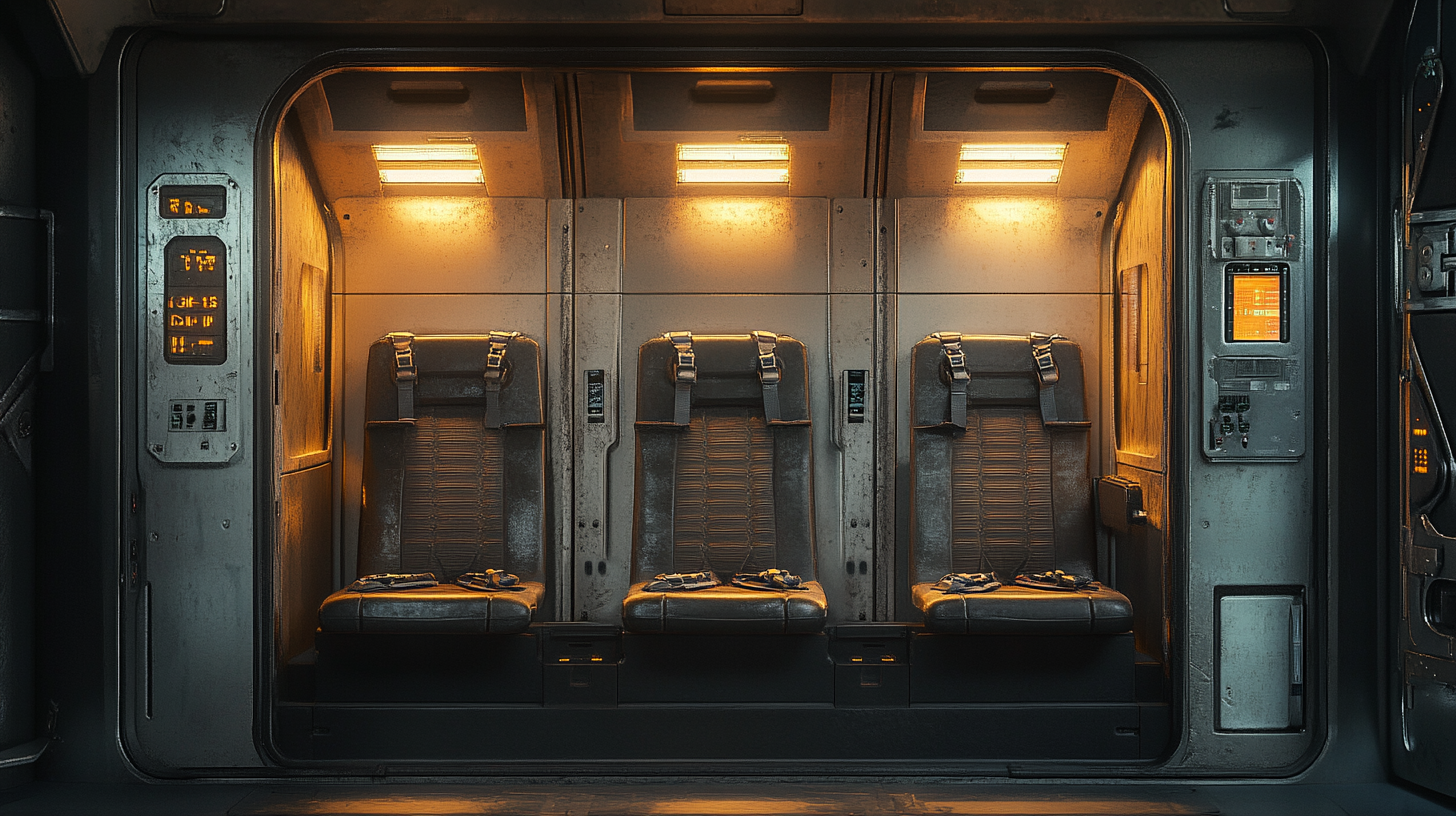
Airline and Aircraft Variations
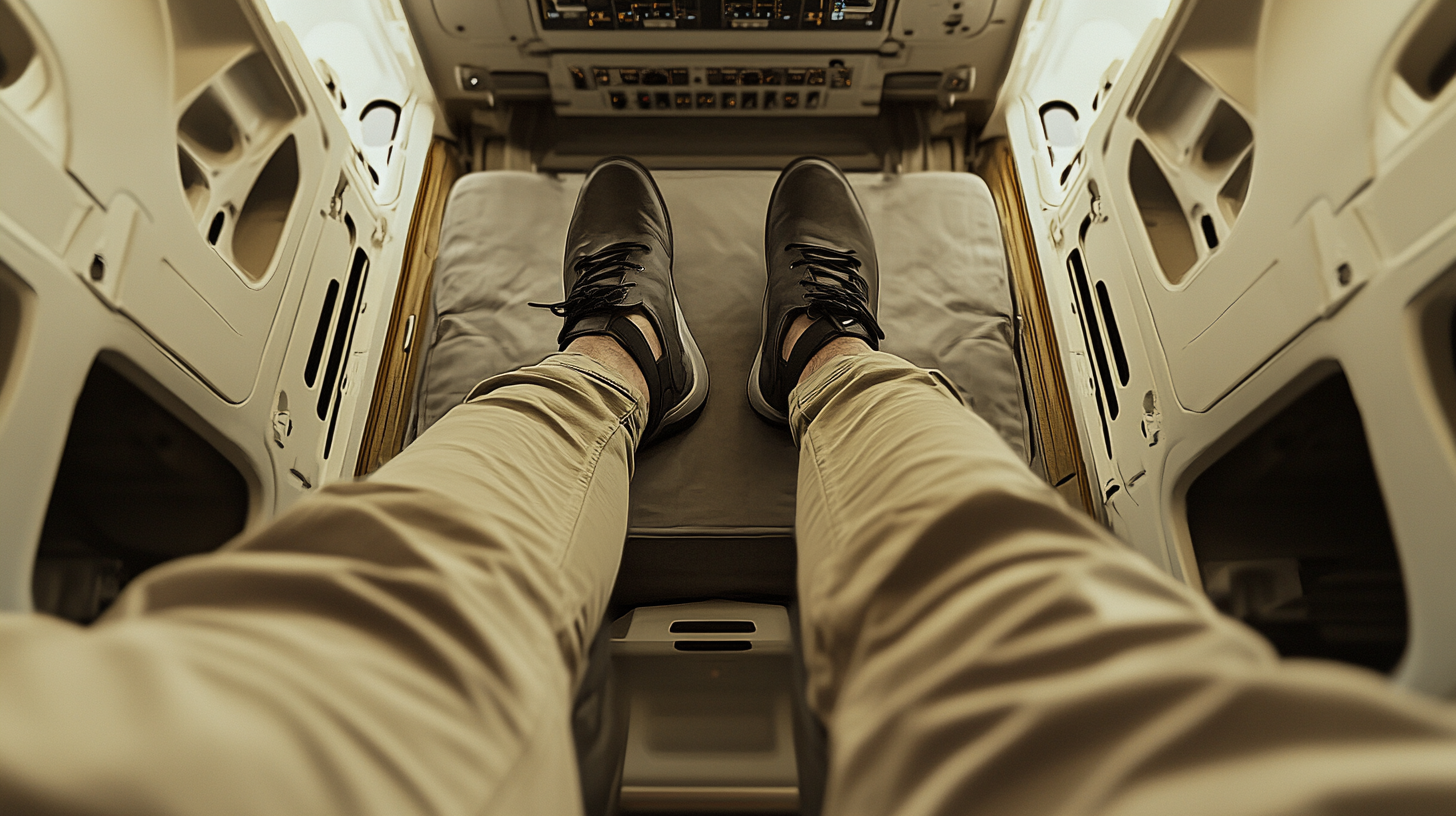
The experience of sitting in a bulkhead seat can vary significantly depending on the airline and the specific aircraft model. Factors such as legroom, seat width, presence of footrests, availability of personal entertainment screens, and amenities like bassinets differ across carriers and even among different aircraft within the same airline’s fleet. For instance, a bulkhead seat on a Boeing 777 might offer a different experience than one on an Airbus A320. Utilizing resources like SeatGuru can help you evaluate the details of bulkhead seats on your particular flight. By entering your airline and flight number, you can access seat maps and reviews, allowing you to make an informed choice. For more in-depth comparisons, see Guide to Bulkhead Seating Across Different Airlines and Aircraft .
Personal Preferences and Needs

Your individual priorities play a crucial role in determining whether a bulkhead seat is suitable for you. If you value extra legroom and don’t mind storing your belongings overhead, a bulkhead seat might be advantageous. Conversely, if easy access to personal items, the ability to adjust armrests, or a quieter environment is important, you might prefer a different seat. Consider your past experiences and what aspects of flying contribute most to your comfort. Are you willing to pay extra for potential benefits? Do you have specific needs due to height, mobility, or family considerations? Reflecting on these questions and consulting Assessing Personal Travel Needs for Optimal Seat Selection can guide you toward the best choice for your flight.
Traveling with Infants or Special Needs
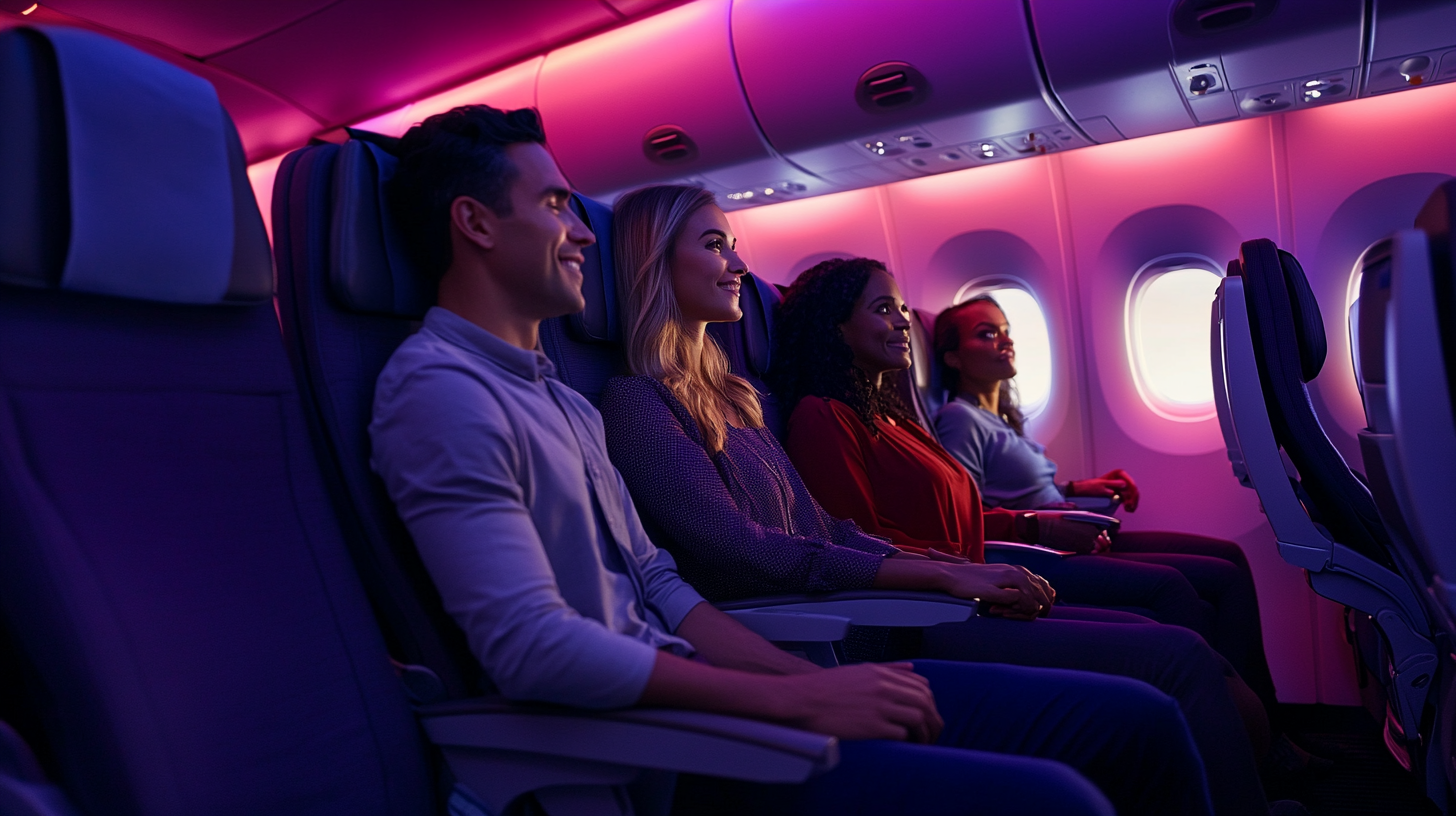
For families with infants requiring a bassinet, bulkhead seats are often the only option, as these are the only seats equipped to accommodate bassinets provided by the airline. This can make a significant difference in comfort during a long flight, allowing both the infant and parents to rest more easily. Additionally, passengers with certain disabilities or mobility challenges might benefit from the additional space and easier access that bulkhead seats provide. The proximity to the front of the cabin can reduce the distance to restrooms and exits, which might be important for some travelers. It’s important to communicate any special needs to the airline in advance, as they may have policies in place to assist you. For more information, consult Traveling with Special Needs: Bulkhead Seating Options and Considerations .
Maximizing the Benefits of Bulkhead Seats
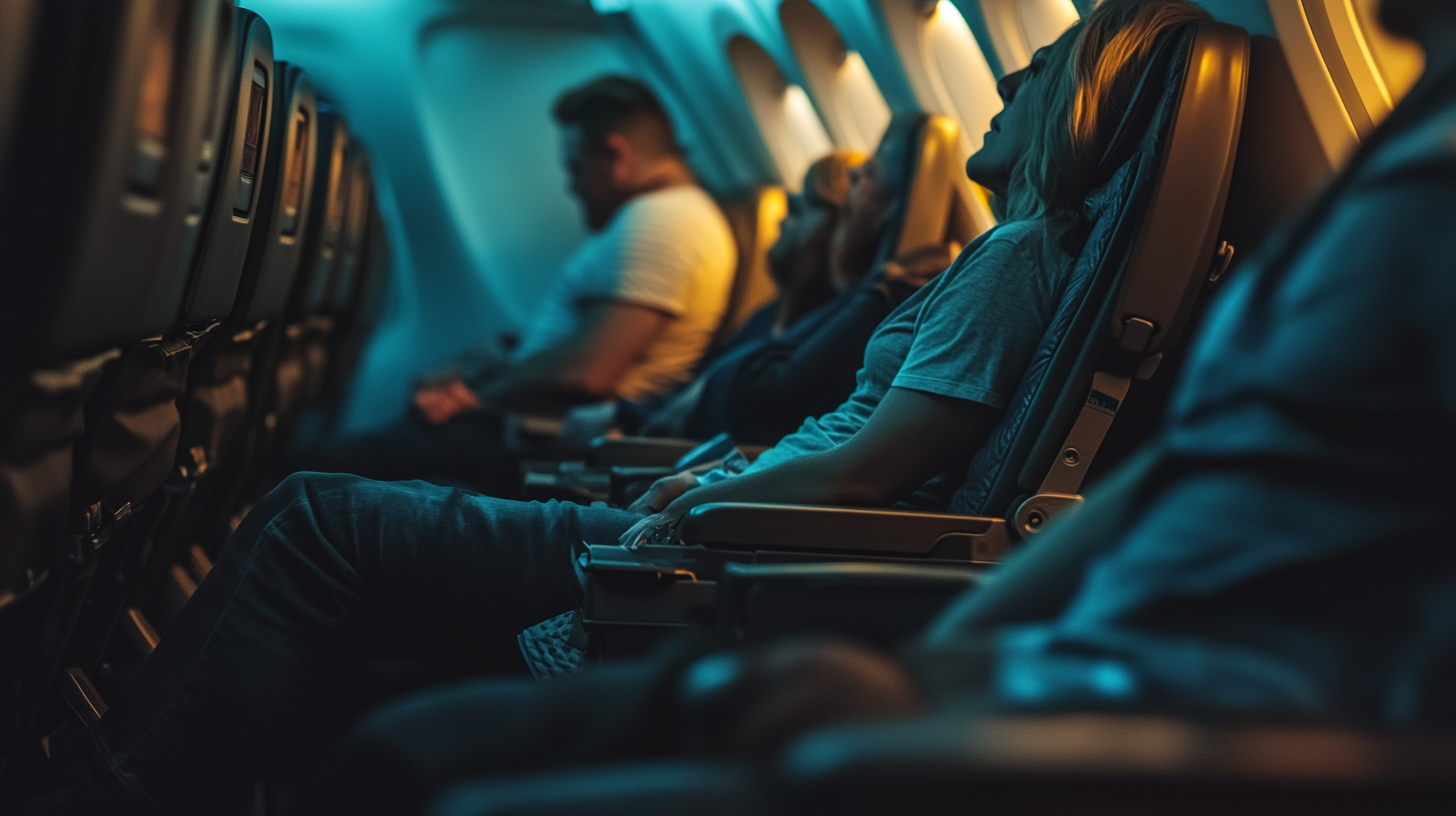
To make the most of bulkhead seating, consider the following tips:
- Check Seat Configurations: Before selecting a bulkhead seat, review the seat map for your specific flight. Airline websites or seat selection tools can provide valuable insights. Take note of any potential issues such as missing windows, proximity to galleys, or limited recline. Reading passenger reviews and Analyzing Seat Maps for the Best Bulkhead Seats can enhance your ability to choose wisely.
- Plan for Overhead Storage: Prepare to store carry-on items in the overhead bins. Keep essential items accessible in a small bag that meets the airline’s policies. Consider packing items you’ll need during takeoff and landing, like medications or a book, in a jacket pocket or small pouch. Understanding Efficient Packing Strategies for Bulkhead Seat Passengers can make your flight more comfortable.
- Consider Timing: If you prefer a quieter environment, avoid bulkhead seats on flights known for having many families, such as holiday or daytime flights. Opting for red-eye flights or traveling during off-peak times might reduce the likelihood of being seated near infants. Consulting Best Times to Fly for a Quieter Cabin Experience could help you plan accordingly.
Alternatives to Bulkhead Seats
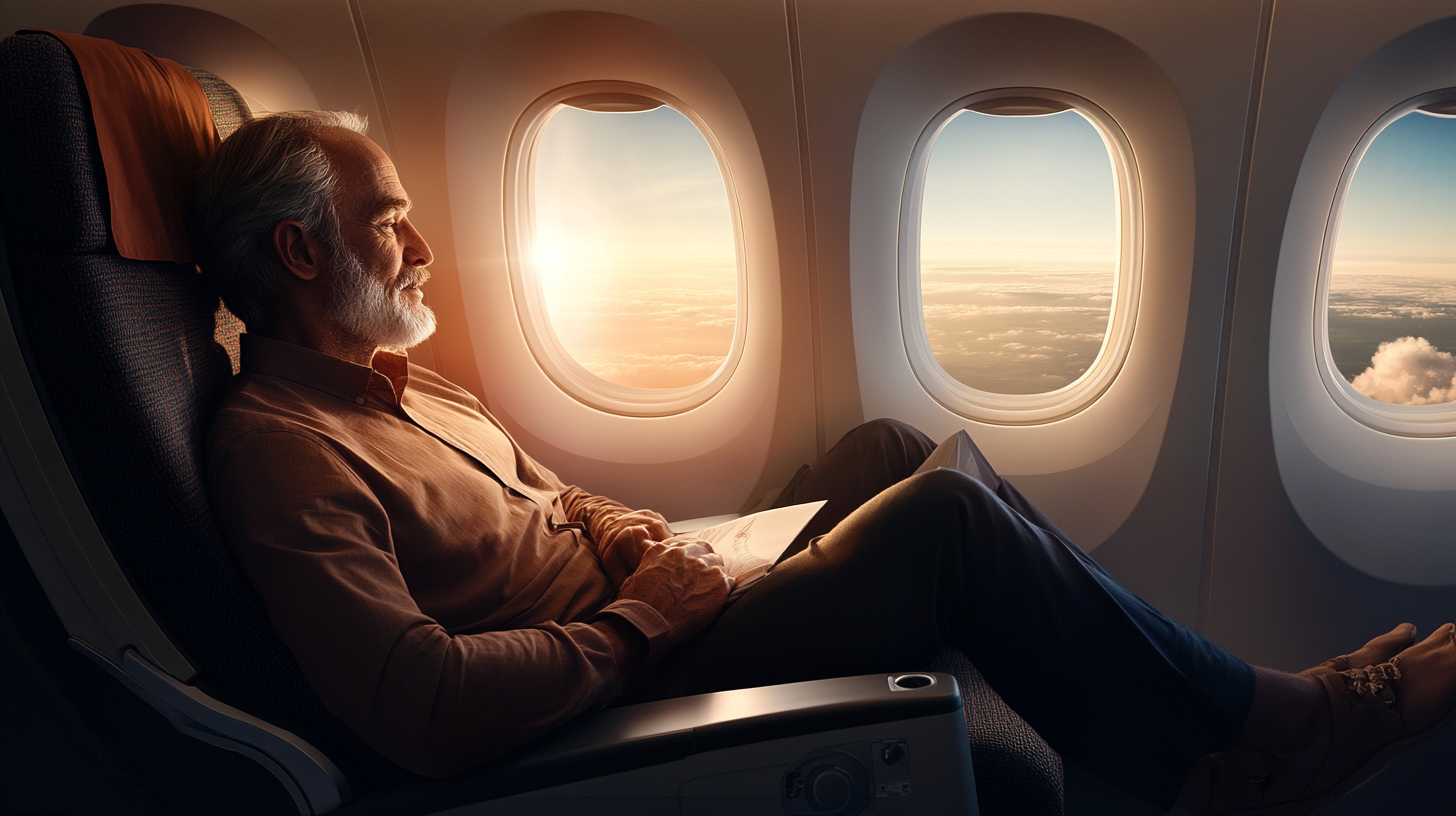
If after weighing the pros and cons you decide bulkhead seats aren’t for you, there are other options to consider:
- Exit Row Seats: These seats offer extra legroom comparable to bulkhead seats but come with responsibilities, such as assisting in an emergency evacuation. Passengers must meet certain criteria set by the airline, such as age and physical ability. Exit row seats also typically have restrictions similar to bulkhead seats regarding under-seat storage. For a detailed comparison, see Bulkhead vs. Exit Row Seats: Which Is Right for You? .
- Standard Aisle or Window Seats: Depending on your preferences for accessibility or views, these seats might better suit your needs. Aisle seats provide easy access to move about the cabin, while window seats offer a wall to lean against and a view outside. If you prioritize quick access to personal items or a quieter environment away from high-traffic areas, these might be preferable. Exploring Choosing the Best Standard Seat Based on Personal Preferences can assist in making an informed decision.
- Upgrading to Premium Economy or Business Class: If budget allows, upgrading can provide additional comfort, increased legroom, wider seats, enhanced meal service, and other amenities. This might be a worthwhile investment, especially on long-haul flights. Using frequent flier miles or taking advantage of promotional offers can make upgrades more accessible. For strategies on affordable upgrades, refer to Making the Most of Airline Upgrade Opportunities .
Is a Bulkhead Seat Right for You?

Ultimately, the decision to choose a bulkhead seat depends on your personal priorities and the specifics of your trip. Consider the length of the flight—on longer flights, extra legroom might significantly impact your comfort. Assess your need for legroom versus storage access, and weigh the importance of being able to keep personal items close at hand. Reflect on your tolerance for potential noise and activity around you, including proximity to galleys, lavatories, and families with young children. Evaluating all these factors in the context of your travel goals will help you determine if the advantages outweigh the disadvantages. For a systematic approach to making this decision, see Decision-Making Guide for Selecting Airplane Seats .
Making the Most of Your Travel Experience
Regardless of your seat choice, planning ahead can enhance your travel experience significantly. Early seat selection ensures better availability, and researching the aircraft and seating options allows you to choose the best seat for your needs. For those looking to offset the additional costs associated with premium seating, utilizing travel rewards from credit cards, airline loyalty programs, or corporate travel benefits might be beneficial. Some cards offer points or miles that can be redeemed for seat upgrades, priority boarding, or access to airport lounges. Additionally, being aware of airline policies and taking advantage of promotions can lead to substantial savings. For more on how to leverage these opportunities, refer to Maximizing Travel Rewards for a Better Flying Experience .
Final Thoughts
Bulkhead seats offer a mix of advantages and disadvantages that can significantly influence your in-flight comfort and overall travel experience. While they can provide extra legroom and a barrier-free space in front of your seat, they also come with limitations like lack of under-seat storage, fixed armrests, and potential noise. The key is to weigh these factors against your personal preferences and needs. By thoroughly researching and carefully considering the factors outlined above, you can make an informed decision that enhances your flight experience.
Follow us back to Seat 5A for more insights and tips on optimizing your travel experience. Whether you opt for a bulkhead seat or another seating option, understanding the layout and amenities of your aircraft empowers you to travel smarter and more comfortably.




